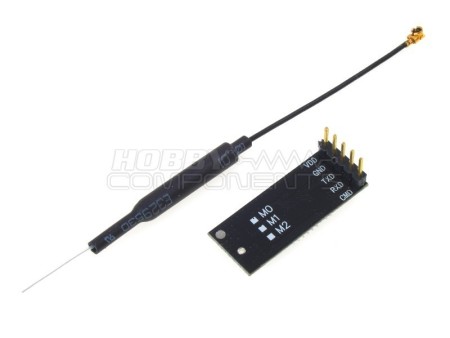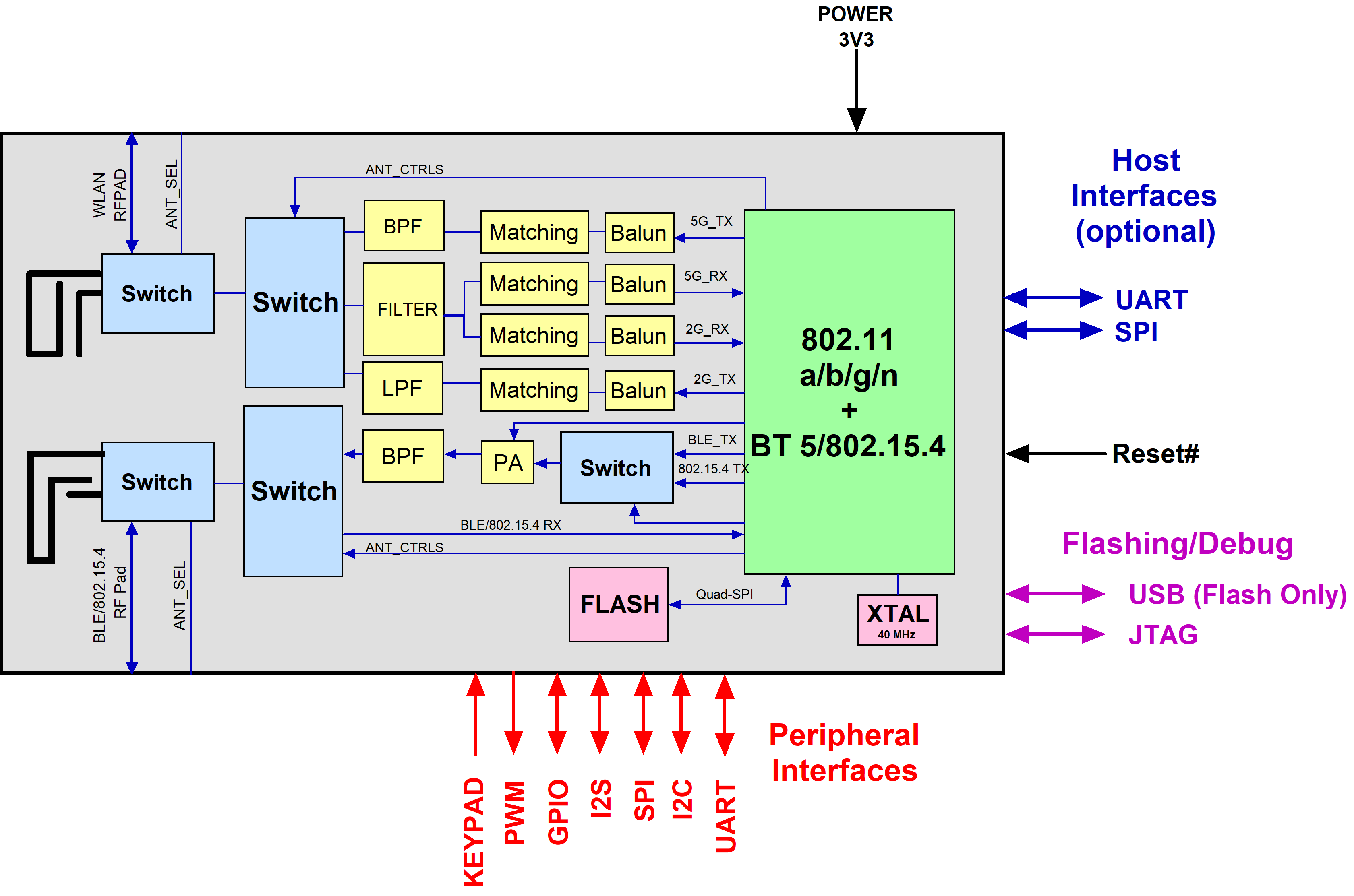
So lets suppose our required or want area is -65dBm, with 2 access point I have achieved my coverage goal of -65dBm on this floor.īut both APs are on same channel we must have some co-channel interference which can be seen below. Both access point configured with 18dBm transmission power.

In the scenario below we have floor plan with 2 access points on channel 36. I am using Ekahau to demonstrate that how power might not help to reduce co channel interference, but good design would do. It’s the best way you can demonstrate that how RF energy travels and how it might cause issue for other stations on same channel. I have taken this graphic below from Keith Parsons lectures. As long access points are on different channels there is no issue but RF energy travels far and this area will cause co channel interference for access points and the devices which might be far away. This area is within stations RF threshold and stations will consider this RF energy before transmitting. This is the area which cause RF interference if seen by station on same channel. Don’t care area is -85dBm but do be on safe side you can consider as -90dBm which could be difficult to achieve in 3D RF design. So devices don’t consider this area as RF interference and will continue with normal Wi-Fi mechanism. This is the area where RF exists but below device usage threshold. So question is what is the problem in this situation? Don’t care area: RF is still going, and this area is called as Don’t want area until it hit our don’t care area. It means we met our first requirement, but it does not mean RF stopped there. So If we place an access point and achieve -67dBm on some point in the area. For example, you are design for a cisco mobile device which needs minimum RSSI -67 dBm. This is the value you will be able to get in requirements by locking down least capable most important device or will be given by client. Want area is easy because its coverage area. I will go through some examples which shows it’s very important to understand that reducing power will affect coverage greatly.Īs Keith suggested that we should break down the area in 3 different areas. What I am trying to say is reducing the power doesn’t necessarily mean we are reducing co channel interference. Note: reducing the AP transmit power reduces coverage greatly as compare to RF tail In this case you will have to consider that what power you want to use for the Aps because great power will leave longer RF tail which will cause interference. On other hand if you have 4 Aps then 3 APs in 2.4Ghz on channel 1,6,11 and 4th AP will have to reuse 1 of the channels. Imagine If you have 1 access point and large area to cover so probably you will be using maximum transmit power.

End of day as a WiFi engineer our goal should be to design WiFi network which meet client’s requirement which must be determined in initialization phase of the design.ĭuring design process we determine that how many access points and what power we are going to use. So what does mean by design RF for what you want and do not for what you do not want. “Design RF for what you want and do not for what you do not want” Parsons I was able to discuss this question and his answer was very simple. During my Ekahau ECSE training by Mr Keith R. All vendors suggest that maximum transmit power is not a good idea because it increases the chances of co channel interference. Very important question that what should be the power setting of an access point.


 0 kommentar(er)
0 kommentar(er)
